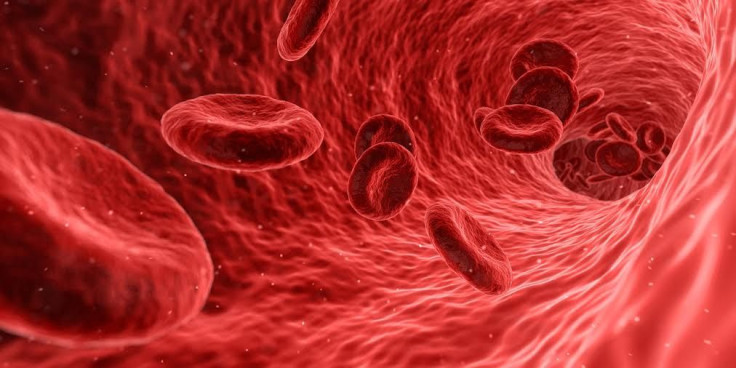Bleeding Disorders Awareness Month 2017: Everything You Need To Know About Hemophilia And Other Rare Bleeding Disorders

March is the second-ever Bleeding Disorders Awareness Month.
This new observance is an extension of “Hemophilia Awareness Month,” which was designated by President Ronald Reagan over three decades ago. The month is designed to bring awareness to rare bleeding disorders and the health problems that come with them.
Read: Improvements In Hemophilia Treatment Do Not Extend To Uninsured Patients
“Bleeding disorder” is a general term, which includes a wide range of medical problems that result in poor blood clotting and abnormal bleeding. Here’s what you need to know about hemophilia and other rare bleeding disorders:
Hemophilia
Hemophilia is a very rare, inherited blood disorder and affects only about 20,000 Americans, according to the Hemophilia Federation of America. Despite its rarity, it is one of the most common bleeding disorders, and affects primarily males because it is linked to the X chromosome. There are four types of hemophilia, each classified depending on what protein is not present in the blood; however, regardless of type, people suffering from the disorder do not bleed more than those without it, just longer. Those with the disorder are usually diagnosed at birth, after telling the doctor of disease presence in the family. These are some of the signs and symptoms, according to the Centers for Disease Control and Prevention (CDC):
- Bleeding into the joints, causing pain and stiffness
- Bleeding after common procedures like dental work, and shots or vaccines
- Blood in the urine or stool
- Frequent, hard-to-stop nosebleeds
Hereditary Hemorrhagic Telangiectasia (HHT)
HHT is a genetic disorder in which the blood vessels don’t develop properly, according to the CDC. It affects all genders and racial and ethnic groups. The most common sign is frequent nosebleeds. Other signs include abnormal blood vessels appearing through your skin and internal bleeding. There is currently no cure, but effective treatments exist, the CDC notes.
Thalassemia
Thalassemia is a disorder when your body does not produce enough hemoglobin (a protein vital to your red blood cells). Like the other blood disorders, thalassemia is inherited and usually discovered early in life due to severe anemia. The severity of the disorder varies from person to person and is most common among people from Mediterranean countries, like Greece, and in people from Asia, Africa, and the Middle East, the CDC reports.
Von Willebrand Disease (VWD)
VWD is an inherited blood disorder in which the blood does not clot properly. It gets its name from one of the proteins found in our blood called von Willebrand factor, which is a protein that helps the body stop bleeding. Those with VWD have either too much or too little of this protein causing improper function, according to the CDC. VMD is extremely rare and found in only about 1 percent of the U.S. population, the Hemophilia Federation of America states. Men and women are equally affected; however, women notice more easily due to heavy bleeding during their menstrual periods and after childbirth. These are some of the major signs and symptoms, the CDC reports: frequent or hard-to-stop nosebleeds; easy bruising; heavy menstrual bleeding; and longer than normal bleeding after injury, surgery, childbirth, or dental work.
See also: FDA Approves Baxalta's Drug For Rare Bleeding Disorder
Hemophilia Treatment Breakthrough: Pill For Blood Disease May Soon Be On The Market
Published by Medicaldaily.com



























